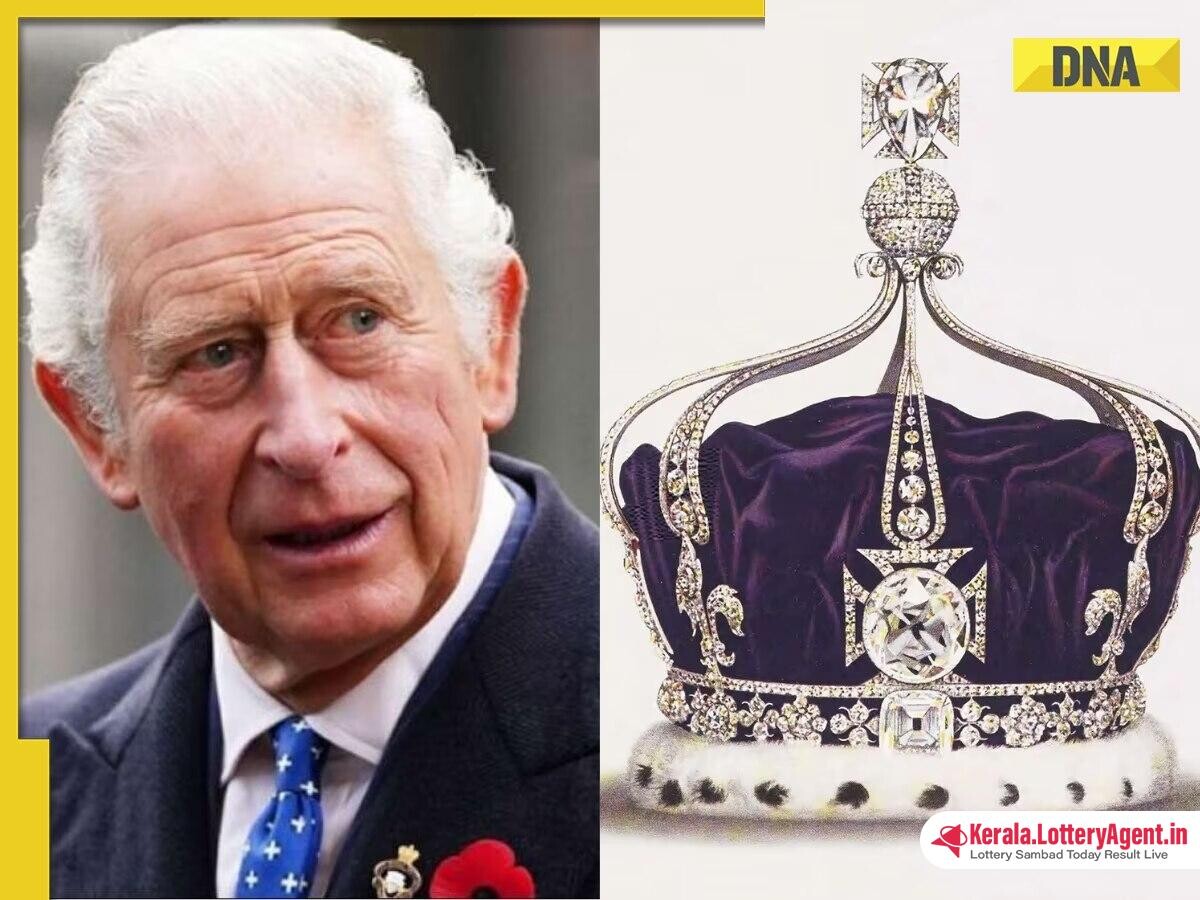
The tale of the illustrious Koh-i-Noor diamond is as multifaceted as the gem itself. Known globally for its imposing size and unmatchable luster, this 105.6-carat wonder is not just part of the resplendent British Crown Jewels – it is a piece of history, bearing the silent testimony of a royal legacy that dates back centuries. Unbeknownst to many, the journey of the Koh-i-Noor precedes its fame with the Mughals and the British empire; it commenced with the Kakatiyas, an eminent dynasty that flourished in areas of what is now the Indian states of Andhra Pradesh and Telangana from the 12th to 14th centuries.
Under the Kakatiyas’ dominion, the Koh-i-Noor was more than a mere decorative artifact; it was an emblem of absolute power and status, reflecting the grandeur and the political clout of its regal owners. Though its exact origins are cloaked in the veils of pre-history, rumored to be recognized in ancient Sanskrit writings, the first verifiable evidence of the diamond’s existence is documented by none other than Babur, the founder of the Mughal Empire, who claimed to have acquired it in 1526.
The Kakatiya empire saw its pinnacle under the rule of iconic figures such as Ganapati Deva, and his daughter, Rudrama Devi, one of the few female monarchs celebrated in Indian chronicles. Their reign marked the time when the Koh-i-Noor was cradled in Indian dominion, signifying their towering influence over the land. For Ganapati Deva, who ruled from 1199 to 1262, and his progeny, Rudrama Devi, the diamond wasn’t just an object of financial heft but bore a symbolic essence that exuded their majesty and dominance over their territories.
As the threads of time weaved different tales, the fortitude of the Kakatiyas waned through invasions and the emergence of the Delhi Sultanate, leading the Koh-i-Noor on a tumultuous sojourn across the ages. It became an object of intrigue and desire, transferring hands amid war and conflict, each new owner leaving an indelible mark on the timeline of this precious stone. The lure of Koh-i-Noor was indisputable; emperors, colonial masters, and warriors, all laid claim over it as a token of victory and supremacy.
Its odyssey through South Asian history is riddled with conquests and toppled reigns until its British chapter began following the annexation of the Punjab region in 1849. As the British held a firm grip over the Indian subcontinent, this magnificent gem, too, found itself ensconced within the treasures of the British monarchy.
Today, the Koh-i-Noor is more than just an adornment that crowns the British monarchs. It celebrates a vibrant past that stretches far back into the rich tapestry of Indian civilization. The essence of this gem encompasses the might of rulers, the shifts of power, and the cultural magnificence that has long characterized the Indian subcontinent.
Few jewels in the world possess such a heavy cloak of stories, legends, and political sagas as does the Koh-i-Noor. Within its scintillating facets lie the silent whispers of ancient India’s grandeur, the echoes of the Kakatiya’s glory, and the shadows of a colonial history that together crafted the narrative of this peerless diamond. Despite its controversial legacy and the debates surrounding its rightful ownership, the Koh-i-Noor continues to be a celebrated and cherished vestige of history’s ceaseless flow, uniting times and territories with its unmatched brilliance.












